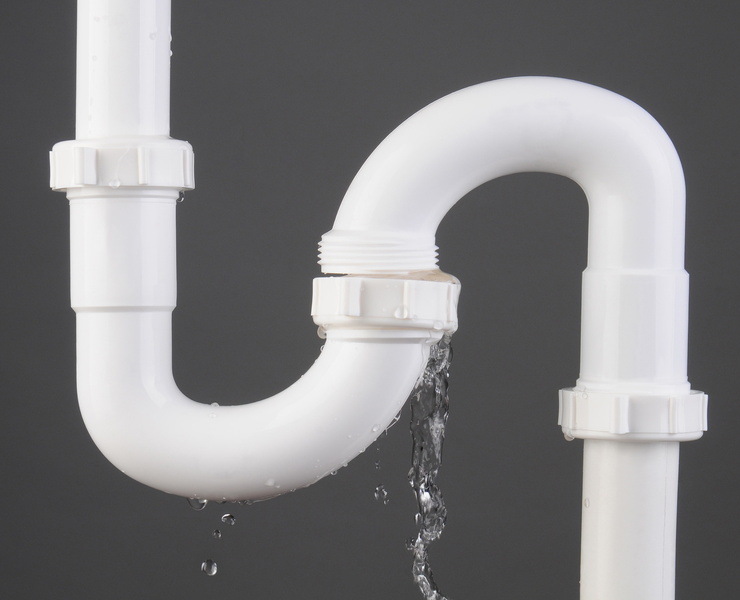Just how to Examine If Your Residence Has a Surprise Leakage
Just how to Examine If Your Residence Has a Surprise Leakage
Blog Article
What're your beliefs about Hacks to detect leaks?

Early discovery of leaking water lines can alleviate a potential catastrophe. Some little water leakages might not be visible.
1. Examine the Water Meter
Every house has a water meter. Checking it is a surefire way that helps you discover leaks. For starters, shut off all the water resources. Ensure no one will flush, utilize the tap, shower, run the washing maker or dishwashing machine. From there, most likely to the meter and watch if it will certainly alter. Given that no one is using it, there need to be no motions. That suggests a fast-moving leak if it moves. Furthermore, if you detect no changes, wait a hr or more and examine back again. This implies you may have a sluggish leak that might even be below ground.
2. Check Water Consumption
If you spot abrupt modifications, regardless of your consumption being the same, it suggests that you have leaks in your plumbing system. An abrupt spike in your expense shows a fast-moving leakage.
On the other hand, a steady increase on a monthly basis, despite having the exact same behaviors, shows you have a slow leakage that's likewise gradually escalating. Call a plumber to extensively inspect your property, particularly if you feel a warm area on your flooring with piping beneath.
3. Do a Food Coloring Test
When it pertains to water intake, 30% comes from bathrooms. Test to see if they are running appropriately. Drop flecks of food shade in the tank as well as wait 10 minutes. If the color in some way infiltrates your bowl during that time without flushing, there's a leak in between the storage tank and dish.
4. Asses Outside Lines
Do not fail to remember to examine your outside water lines too. Needs to water leak out of the connection, you have a loose rubber gasket. One little leakage can squander loads of water and also spike your water costs.
5. Examine as well as Analyze the Scenario
House owners ought to make it a habit to inspect under the sink counters as well as even inside cupboards for any type of bad odor or mold and mildew development. These 2 red flags suggest a leakage so punctual attention is called for. Doing regular evaluations, also bi-annually, can save you from a significant problem.
Examine for discolorations as well as deteriorating as many devices and pipes have a life expectancy. If you think leaking water lines in your plumbing system, don't wait for it to intensify.
Early detection of dripping water lines can minimize a potential catastrophe. Some small water leakages may not be visible. Checking it is a guaranteed way that aids you find leaks. One tiny leak can throw away bunches of water and increase your water expense.
If you suspect leaking water lines in your plumbing system, don't wait for it to escalate.
WARNING SIGNS OF WATER LEAKAGE BEHIND THE WALL
PERSISTENT MUSTY ODORS
As water slowly drips from a leaky pipe inside the wall, flooring and sheetrock stay damp and develop an odor similar to wet cardboard. It generates a musty smell that can help you find hidden leaks.
MOLD IN UNUSUAL AREAS
Mold usually grows in wet areas like kitchens, baths and laundry rooms. If you spot the stuff on walls or baseboards in other rooms of the house, it’s a good indicator of undetected water leaks.
STAINS THAT GROW
When mold thrives around a leaky pipe, it sometimes takes hold on the inside surface of the affected wall. A growing stain on otherwise clean sheetrock is often your sign of a hidden plumbing problem.
PEELING OR BUBBLING WALLPAPER / PAINT
This clue is easy to miss in rooms that don’t get much use. When you see wallpaper separating along seams or paint bubbling or flaking off the wall, blame sheetrock that stays wet because of an undetected leak.
BUCKLED CEILINGS AND STAINED FLOORS
If ceilings or floors in bathrooms, kitchens or laundry areas develop structural problems, don’t rule out constant damp inside the walls. Wet sheetrock can affect adjacent framing, flooring and ceilings.
https://www.servicemasterbyzaba.com/blog/how-to-detect-water-leakage-in-walls/

We hope you enjoyed our section on Leaking water lines. Many thanks for taking time to read our article. Are you aware of another person who is intrigued by the niche? Be sure share it. Thanks a lot for your time. Don't hesitate to stop by our site back soon.
Report this page